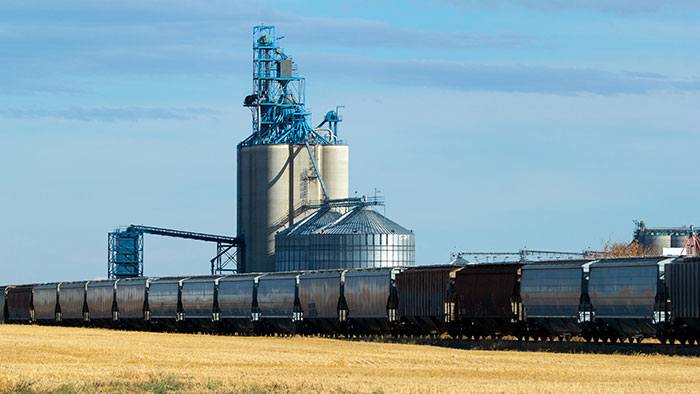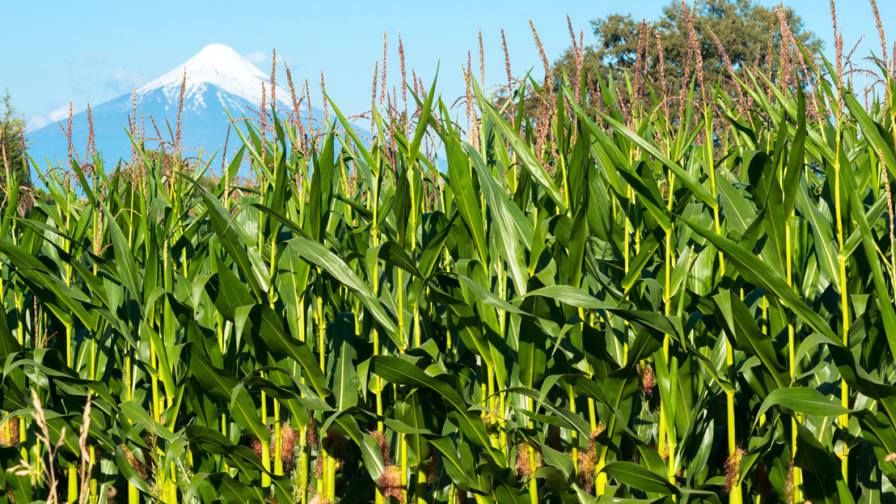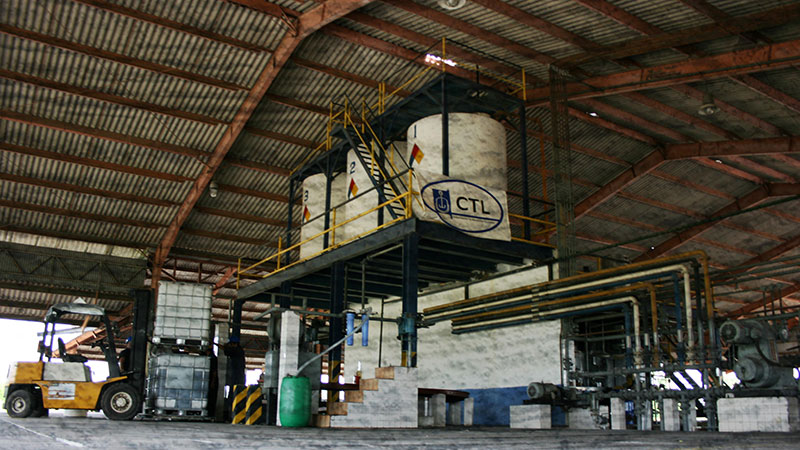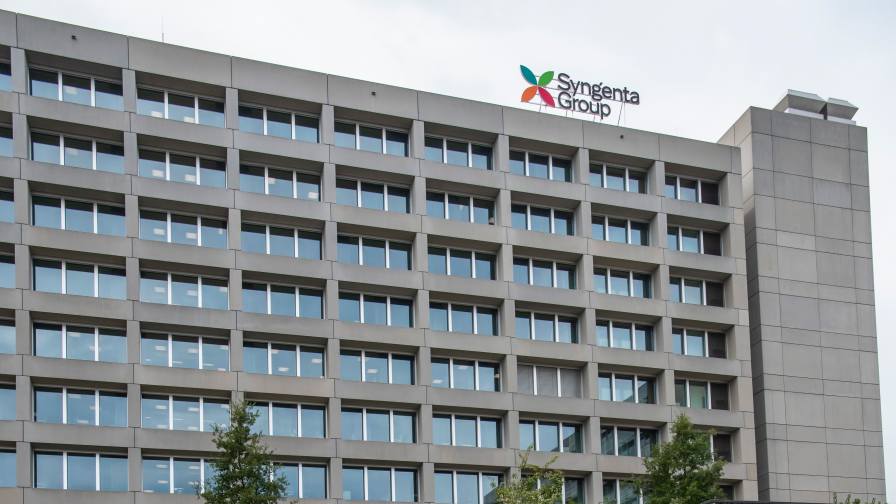Path to Productivity
Not far from the well-known cosmopolitan center of Kuala Lumpur’s upscale shopping and luxury hotels, a crippling conflict is unfolding in agriculture. The front line emerges as skyscrapers quickly yield to palm plantations and city streets turn into floodlands, where farmers, retailers, distributors and regulators continually battle Malaysia’s endemic blight of counterfeit pesticides.
More than one-third of the country’s pesticide sales value evaporates into illegal channels. And spurious products do more than kill crops and ruin livelihoods, they take lives when farmers mishandle toxic substances that they mistake for legitimate products.
“I’ve asked the government to charge suppliers of illegal pesticides with murder,” says Chooi Lam Khong, executive director of the Malaysian CropLife and Public Health Association. He’s referring to a 2010 incident in which a rice farmer died from mishandling fentin acetate, a highly toxic pesticide not registered in Malaysia. “I feel strongly that the police can trace the vendor who distributed illegal pesticides in that locality and from there, track down the kingpin. Illegal pesticide operators must understand why the Pesticides Board does not simply register all submissions – often they are too toxic for farmers to handle safely,” Chooi says. “Why should farmers pay the ultimate price just because somebody wants to make big bucks?”
Even when they don’t take lives, they ruin many farmers’ chance to lift themselves out of subsistence agriculture, and cost untold sums in lost opportunities for legitimate formulators, distributors and other players in the value chain.
The Malaysian crop protection market is modest, about $166 million at the manufacturer level, but it is one of the world’s top producers of rubber, and its palm oil plantations produce more than half of the world’s total supply. Rice is the dominant food crop, commonly grown in the country’s hilly areas, with domestic production meeting roughly 80% of demand.
While the country’s oil palm plantations are big businesses, its rubber and rice growers are predominantly small shareholders. Increasingly these farmers are targets of illicit traders.
“In Malaysia, illegal products are one of the key concerns, and an influx of adulterated and illegal products is one of the biggest business challenges, as well as a major social challenge,” says Ricky Chey, executive director of Farmcochem. “In addition to enforcement bodies being understaffed, the regulatory system for legitimate approvals can be a challenge because our pesticide system is understaffed as well.”
As with many countries that struggle with counterfeiting, enforcement is often a more pressing issue than legislation and policy. Often-young government regulators lack the ability to substantiate change in a well-established underground system.
In a move to address the problem, the Malaysian government has created a committee that meets on illegal pesticides. Members represent all parts of the industry, from regulatory bodies to the suppliers throughout the value chain, according to Halimi Mahmud, deputy director of the Pesticides Control Board for the Malaysian Department of Agriculture.
“Illegal pesticides are a terrible problem, but it requires more than a government to create change,” he says. “We must have cooperation from all the stakeholders to commit to a solution and to adhere to the recommendations of the committee.”
Halimi agrees that enforcement must be stepped up, but aggressive perpetrators willing to peddle everything from fake handbags and DVDs to forged pharmaceuticals and pesticides can make the task bewildering. Additionally, there are a share of in-country shareholders who are eager to buy discounted products without regard to safety or authenticity.
Part of the reason that counterfeit pesticides flourish here is that the barriers to entry in the marketplace are very low. There are thousands of registered pesticides, and data requirements are practically non-existent. But much of that appears to be poised for change.
“Many people think that the number of pesticides are too high and registrations are too easy to get,” Halimi says. “We are in the process of developing new guidelines that create a better structure for approval without stifling industry. But our expertise is very limited, so we must defer to organizations with expertise, such as FAO and WHO.”
International guidelines and standards, such as best practices generated by the Joint Meeting of Pesticide Specifications of FAO and WHO (see our two-part “JMPS Update” on our website to see the potential repercussions and challenges of pesticide registrations with under a new JMPS approval standard.)
“We need to make the registration process more rigorous so better companies and products can get into the system,” Halimi says. “Ultimately, companies are going to need to provide more data.”
The challenge for Malaysia will be enacting regulatory changes without completely halting the current system, which could pave the way for more counterfeit products if there is a significant disruption in the supply chain.
The Thai Experiment
Similar problems existed in neighboring Thailand for many years, and the regulatory bodies there basically threw out all registrations and started over.
Thailand is going through an unprecedented re-registration process of its crop protection products. As of August 22, the Thailand Department of Agriculture has forbidden the importation, formulation and manufacture of crop protection products until new licenses are granted. But the government has grandfathered the sale of already-packaged crop protection products, allowing some products to continue to work through the value chain.
Formulators and distributors have been working feverishly with the Thai government to re-register the entirety of the country’s crop protection products so supply shortages do not affect the 2012 growing season. The glut of chemistries that require re-approval is causing considerable strain on government regulators charged with the re-approval process.
Thus far, about 25 to 30 trade names or technical products have been cleared for distribution out of the more than 10,000 that were available prior to the re-registration process. However, many more are slated to be approved in October. If a product has been sold for more than 10 years in Thailand, the submitting company is only required to provide GLP data. However, there are no GLP laboratories in Thailand, putting significant monetary strain on some smaller companies that don’t currently have relationships with GLP data providers.
The government’s decision to re-register the complete arsenal of crop protection products in Thailand is an attempt to make exports more competitive and desirable in international markets and remain competitive with other ASEAN nations. Thailand is the world’s No. 1 or No. 2 exporter of several commodity and specialty crops, including rice, pineapples, rubber, cassava and more.
“Thailand wants to be the kitchen of the world, and the new regulations were enacted to sustain the country’s position as the world’s largest exporter of rice, pineapple, rubber, and cassava,” says Sinchai Swasdichai, president of the Thai Crop Protection Association and marketing manager for Bayer Thai Co.
Sources here say it could take up to two years to get products re-registered because of the technical process required for re-registrations, as well as the backlog of products that regulators must review.
The fallout from the new process will result in many fewer agrochemical formulators and distributors in Thailand, sources say. About 500 agrochemicals, and as many as half of the country’s companies could fold under the expense and time required to acquire data and re-register products in a backlogged system.
Already, anecdotes about farmers hoarding a full growing year’s supply of crop protection products is starting to worry companies that rely on a predictable replenishment throughout the value chain.
Opportunity Amid Uncertainty
Despite the challenges throughout the Southeast Asian market, sources say that business continues to rise on the continued growth and development of agriculture and public health.
More than 90% of the world’s rice is produced in Asia, and the growing regional demand for more cooking oils could make palm oil the most widely used cooking oil in the world in the near future, overtaking soybean oil, analysts say.
The productivity of the Malaysian palm industry has steadily improved at all levels, including the quality of planting material, cultural practices, processing methods and marketing strategies. Estates now can yield up to 5 tonnes of oil per hectare every year, more than double that of any other oil crop, according to the FAO.
The importance of this cash crop to the export economy has prompted the Malaysian government to keep a close eye on palm oil prices, as well as prices for other export commodities. Mechanisms are in place to subsidize crop inputs so farmers can maintain good agriculture practices in challenging times.
At Farmcochem, the clean slate of products in Thailand has allowed the company to reassess its portfolio and focus on seven products, primarily herbicides, that will allow it to focus on profitability and generating data requirements for products in development.
Similarly, Hextar Chemicals, a Malaysian company with export businesses in 39 countries, says data requirements are getting more rigorous everywhere in Southeast Asia, as well as other emerging markets, which is making data acquisition an expensive and sometimes lengthy process.
“Finding reputable and cost effective options for GLP data that can be delivered in a timely manner is becoming a big problem,” says Chong Wei Cheong, international marketing director for Hextar. “Big European firms are having some delays because there is so much volume and a growing demand for these types of data.”
Several GLP laboratories have been built in recent years in India, and more progressive companies are realizing the need for their products and the potential revenue generated by evaluating pesticides. That trend is expected to continue as national governments continue to phase out older chemistries in lieu of newer actives and formulations.
“Agrochemical companies are upping their capacity of production for a great many chemicals to meet growing demand on various levels, but the GLP labs are not upping their capacity in response to it,” Chong says. “There is now a backlog on the data side like the backlogs we deal with on the regulatory side.”
Opportunities exist on the noncrop side as well, as the sector’s products are widely dominated by the same companies that make crop protection products.
At Imaspro Resources, a Malaysian company that has grown from $1 million in 1993 to a projected $27.4 million this year, says its noncrop division is the company’s newest but fastest growing.
“Noncrop currently is less than 5% of total revenues, but it is enjoying double-digit growth annually,” says Tee Bee Heoh, product development manager for Imaspro.
Part of the company’s success resides in its R&D. More than 35% of its employees have advanced degrees in science, and its premium formulations are helping expand its market share with its 256 domestic brand registrations.
Similarly, Kenso Corp. is investing heavily in its proprietary brands and formulation technology to differentiate itself in a crowded Malaysian market. That strategy has helped it double its revenues since 2006, and its 500 employees help churn out 25,000 tonnes of its branded non-selective herbicides. The company has also invested into its wettable powder and granule formulations.
“Herbicides will always be an important focus for our company for Southeast Asia,” says Kenso Export Manager How Shok Teng. “But if you are talking about opportunities for growth for us and the region, we are looking mostly at insecticides.”






